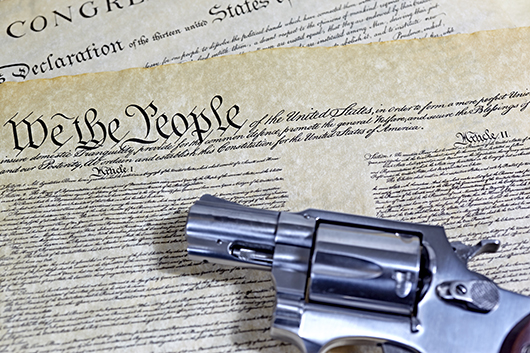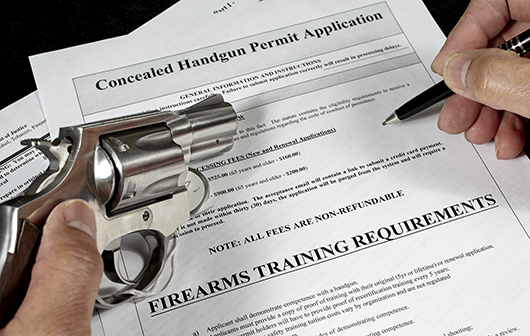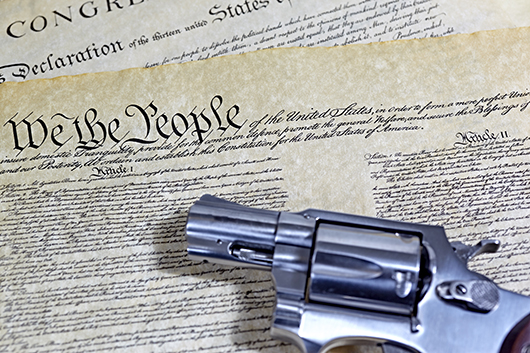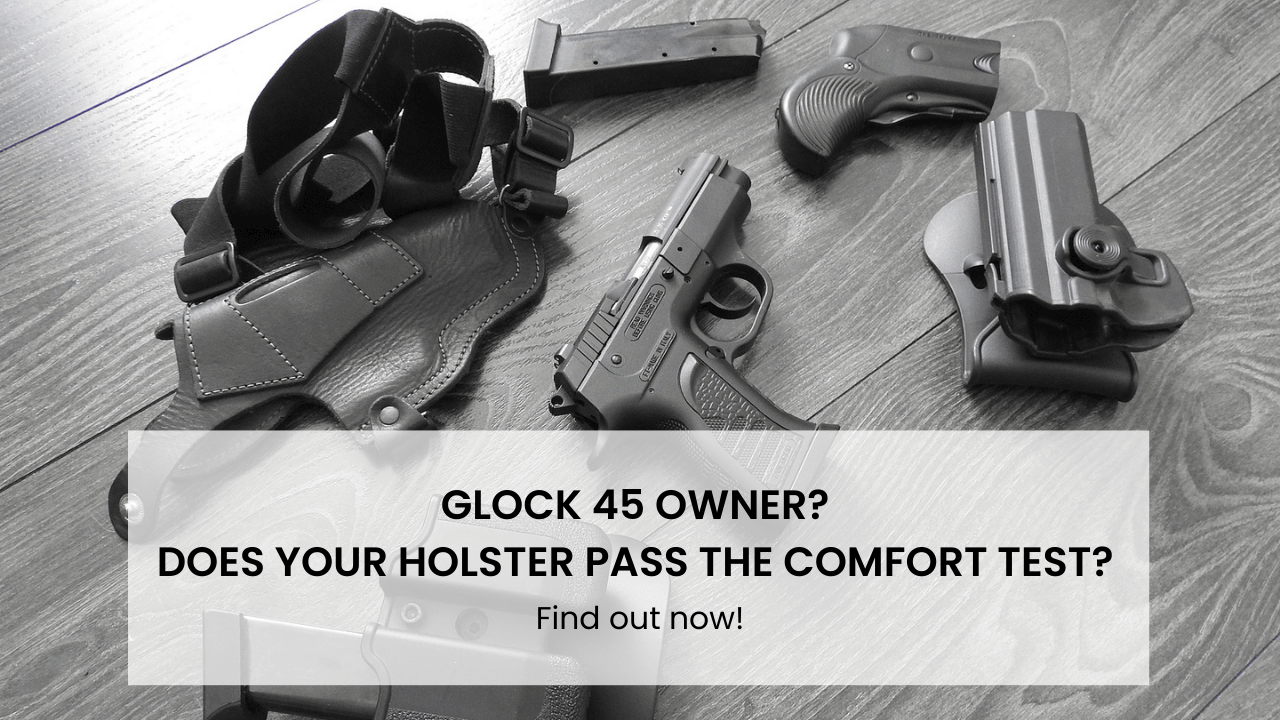The Concealed Carry Revolution- The Benefits of Concealed Carry
May 3rd 2021

The right to keep and bear arms is an integral part of American history. From Shays’ Rebellion, armed labor uprisings, and the Battle of Athens (Tennessee, 1946) to the Civil Rights Movement, private gun ownership has played a pivotal role in the struggle against oppression.
While the Second Amendment, and its correct interpretation, has been the subject of debate for decades, the United States Supreme Court ruled 5 to 4, in the landmark case District of Columbia v. Heller (2008), that the Second Amendment “protects an individual right to possess a firearm unconnected with service in a militia, and to use that arm for traditionally lawful purposes, such as self-defense within the home.”
In McDonald vs. City of Chicago, the Court ruled, two years later, that the Second Amendment was incorporated by the Due Process Clause of the Fourteenth Amendment, which means that the right to keep and bear arms is binding against the states.
Should You Carry a Gun?
Whether openly or concealed, carrying a handgun allows the individual to respond to a deadly threat effectively, regardless of physical strength, age, sex, or disability.
Assuming you are not a prohibited person and may legally purchase and possess firearms, this raises the question: “Should I carry a gun?” This is an intensely personal question that only you can answer to your satisfaction. Many Americans choose to carry concealed handguns in response to violent crime rates and to be prepared. Some gun owners analogize carrying a gun to wearing a seatbelt or life jacket — it’s an insurance policy.
“That’s what the police are for,” some may claim. Police officers are not legally obligated to protect individual citizens against criminal violence or predation unless there exists a “special relationship” (an informant or witness in protective custody).
As a result, if the police fail to respond to your 9-1-1 emergency call, you cannot sue the police department for damages. You are, therefore, responsible for your safety. That being said, carrying a firearm is an awesome responsibility, requiring vigilance, a calm temperament, an understanding of the law regarding deadly force, and understanding your firearm.
Before you decide whether to carry a firearm or apply for a concealed handgun permit, you should understand gun safety basics. If you’re unfamiliar with gun safety, speak with friends or family members who own firearms or have experience shooting. If that kind of resource is unavailable to you, consult a certified firearms instructor or, ideally, attend a handgun safety course.
You should be able to demonstrate practical knowledge of how your new firearm functions. You should handle a pistol or revolver safely and check to see whether it’s loaded and unloaded. You should be able to load and cock your firearm, knowing where the controls are and how to manipulate them.
Your priority must be to understand your weapon and how to shoot it before you contemplate carrying it. You should have a thorough understanding of your state’s deadly force statutes and when you can and cannot use a firearm against another person.
Right to Carry

In most states in the 1980s, concealed-carry laws were generally more restrictive — the authorities issued concealed handgun permits on a discretionary or “may issue” basis. As a private citizen, if you applied to the sheriff or the chief of police for a permit, they could deny your application arbitrarily. Your right to carry a firearm for personal protection was dependent on the biases and whims of law enforcement.
In 1987, Florida passed a concealed-carry permit law that served as a model for other states to follow. If you met objective eligibility requirements, the issuing authority was obligated, by law, to issue you a permit. This non-discretionary system is called “shall issue” and remains the standard.
The eligibility requirements that you must meet may include being at least 21 years of age, not having committed a felony in the past 5 years, and successfully completing a handgun safety course.
Constitutional Carry and No Issue
In addition to “may issue” and “shall issue,” there are two other approaches to concealed carry. These are “no issue” and “Constitutional carry.” In a no-issue jurisdiction, the authorities rarely, if ever, issue concealed handgun permits to private citizens. Examples include Hawaii, New Jersey, New York City, and San Francisco.
On the more permissive side of the spectrum is constitutional carry, also known as Vermont carry. This is a permitless or unrestricted system in which you can legally carry a concealed handgun without a permit. The term “constitutional carry” reflects the belief that requiring a permit to carry a handgun violates the Second Amendment. “Vermont carry,” however, derives from the fact that, until 2003, Vermont was the only state in the country to have this system.
While Vermont never required a concealed carry permit, other states had to repeal their permit requirements. Alaska was the first to join the list.
As of 2021, 20 states either fall into this category or will in the coming months. However, several constitutional-carry states still issue permits to those who want them on a shall-issue basis for reciprocity.
That is, if you, as a resident of Wyoming, want to carry a handgun in Colorado, you’ll need a permit to comply with the latter’s laws. Don’t assume that every state honors your state’s concealed-carry permit — consult a reciprocity map to ensure you aren’t committing a misdemeanor or felony.
Defensive Gun Use
The frequency with which Americans use firearms in self-defense is a hotly debated topic. The National Rifle Association and gun-rights advocates typically cite studies by Gary Kleck and John Lott, et al. In these studies; the researchers found that gun owners use firearms approx. 2.5 million times per year in self-defense, and that gun ownership reduces the incidence of violent crime.
Proponents of legislative gun control dismiss these studies, relying instead on the National Crime Victimization Survey to show that Americans rarely use firearms to defend themselves.
Many studies underestimate or overestimate the incidence of defensive firearm use for a multitude of reasons. The flaws and limitations in the criminological research literature have led the RAND Corporation to conclude that the available evidence is inconclusive.
For these reasons, you’ll have to conduct your research and reach your own conclusions.
Concealed Carry vs. Open Carry
In the 19th and 20th centuries, many state legislatures enacted laws prohibiting private citizens from carrying concealed weapons while affirming the right to carry firearms openly.
The widespread prohibition of concealed carry reflected both contemporary cultural norms and concerns regarding public safety. Carrying a revolver or a rifle openly was commonplace. However, carrying a concealed weapon was the business of outlaws.
In the 21st century, many suburbanites regard open carry with suspicion. As a result, they are often apt to view anyone who carries a handgun openly with alarm, regardless of whether it’s legal.
This leads to the benefits of concealed carry as opposed to open carry. The first, related to the previous discussion, is discretion. When you carry a concealed handgun, no one knows that you have it. When you’re exercising your right to keep and bear arms lawfully, you still risk a startled passerby reporting you to the police.
Some gun owners argue that open carry serves as a deterrent because a would-be mugger or other malcontent, seeing that you’re armed, will choose to prey on a less-capable victim. If a criminal can see that you’re armed, however, he can also plan accordingly. The criminal assailant, remember, chooses the time and place in which to attack.
If he thinks you’re worth assaulting and knows that you’re armed, he can adjust his strategy. This may mean approaching you from a different angle or using a more powerful weapon. It could also mean using another person as a diversion. When you expose your firearm, you are inviting these kinds of risks.
Concealed carry permit holders, in contrast, retain the element of surprise. If you’re taken hostage or witness an armed robbery, openly carrying a firearm limits your options.
You may decide, for example, during a robbery, that intervention is not advisable. Under those circumstances, when you’ve made a tactical assessment, there’s no shame in complying. However, if you decide that it would be safer to resist forcibly, you should be able to determine that on your own, biding your time if necessary. If you’re forced to resist immediately because of the visible weapon on your hip, you aren’t able to assess the situation.
In Conclusion
At Incognito Concealment, we specialize in designing and manufacturing holsters for open and concealed carry. We understand that you need a high-quality holster that won’t let you down to exercise your right to bear arms safely and effectively. Call us at (586) 999-5820, and we’ll help you choose the best holster for your concealed-carry firearm.











